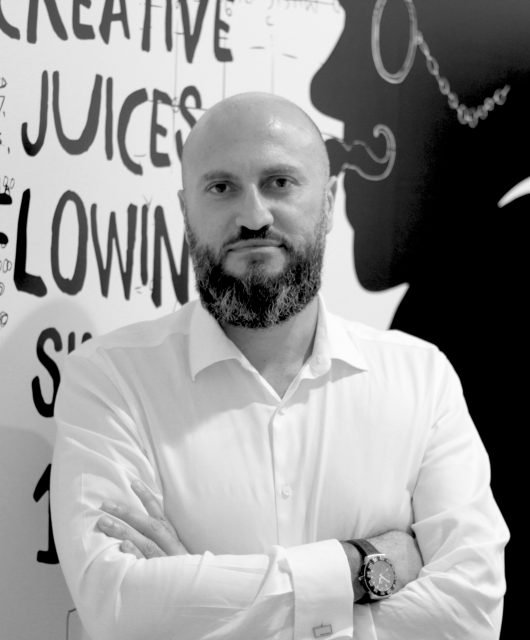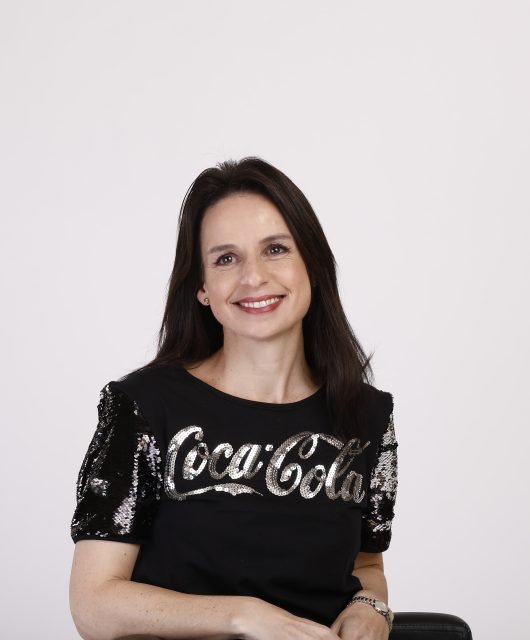The Business Value of Design: Q&A With Base Design’s Geoff Cook
Design professionals sometimes find it challenging to assess the business worth of what they do and the ROI of their projects on the direct business needs of their clients. But what are the metrics that both designers and clients can rely on when critically evaluating cutting-edge design projects. The Brandberries interviewed Geoff Cook, Partner at Base Design, on how to leverage design to unlock greater business potential.
BB: A question that is as old as the industry. In a nutshell, What is the value of design for businesses?
 GC: As IBM’s Thomas Watson proclaimed in 1973, “Good design is good business.” This still holds true today. Good design is not only about aesthetics but a way of thinking. At its core, design is about using deductive reasoning and logic to solve problems. Companies with strong cultures of design affects not only the obvious (product design, branding, marketing) but how the businesses are fundamentally run and the types of people they hire to run them.
GC: As IBM’s Thomas Watson proclaimed in 1973, “Good design is good business.” This still holds true today. Good design is not only about aesthetics but a way of thinking. At its core, design is about using deductive reasoning and logic to solve problems. Companies with strong cultures of design affects not only the obvious (product design, branding, marketing) but how the businesses are fundamentally run and the types of people they hire to run them.
BB: From Base Design’s brand book, what are the key metrics that can help brands assess the effectiveness of a design project in terms of tangible business results?
GC: Executives often look for concrete results to evaluate the success of a design project. “Did sales increase?” “By what %?” Of course these types of metrics are important. As important however are the intangibles, such as how much earned media a design initiative garnered or a company’s ability to attract top talent. Think of real world examples of companies with strong design cultures–Apple, Google, Tesla–it’s no coincidence that those companies that value design are also the strongest brands attracting the most talented people offering the most compelling products.
BB: Two of the terms that design people get frequently confused between, are “Human-centred design and user experience design”. What are the fundamental differences between them?
GC: A simple rule of thumb that helps me to remember the difference is “human-centered design” is about “creating” whereas “user experience design” is about “enhancing.” Meaning, with human-centered design, we look at a cohort of people we are designing for and understanding problems or points of friction they may have in their everyday lives and designing solutions tailor-made for that group. OXO is an excellent example of a company that is all about human-centered design in the way that they have reinvented essentially every kitchen utensil. User experience design is about enhancing an existing experience, be that in physical spaces or online. For example, a retailer may decide to have its employees greet shoppers with a handshake and a smile. This is not solving a fundamental problem, but rather enhancing one’s shopping experience.
BB: Can you cite examples from global brands where design was able to effectively address business problems?
GC: Thousands. Again however, as design is fundamentally about solving challenging problems, it does not just encompass the obvious aforementioned consumer goods companies like Apple and Tesla that create great products. Take a company like Zappos, that designed a new approach to delivering outstanding customer service. Or Amazon, that designed a new way to get its customers essentially any product on earth in just two days. Or Netflix, that designed a new way to distribute content. We just completed a brand identity project for a company called Mitsulift that manufactures elevators largely for a Middle Eastern clientele. As a B-to-B company, they (and so many B-to-B companies like them) are challenged with how to communicate their business in a compelling (read: non-boring B-to-B) way. Our identity does just this and the result has been so well received that the project was just nominated for one of America’s top design awards.
BB: One of the key determinants of the business value of design is decisions. There are business-led decisions and design-led decisions. Design thinkers have always found it challenging to define the parameters of each. Please comment
GC: I would challenge on this point to again reiterate that design is not only about aesthetics, and that sound business decisions are by their nature sound design decisions. Businesses may pursue decisions for reasons of expediency or budgetary constraints that are “poorly designed,” and then realize after the fact that these poorly “designed” decisions just end up being lousy decisions overall!





